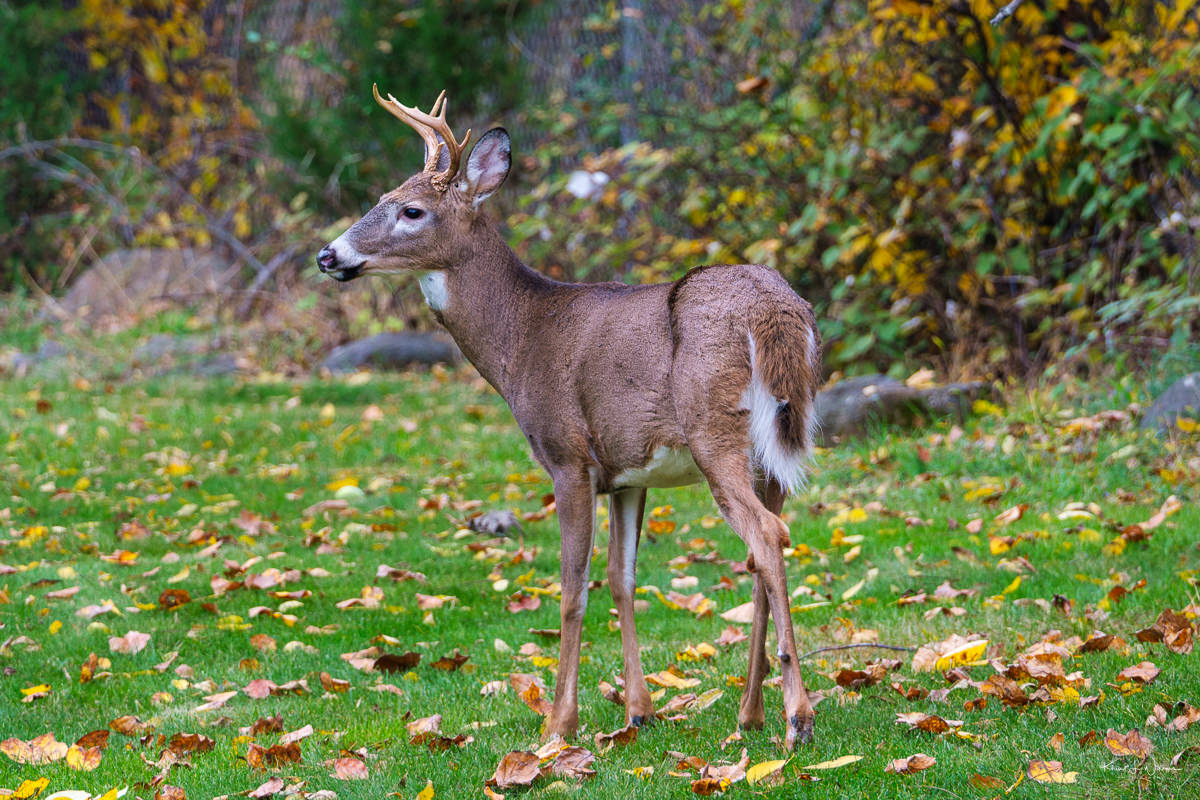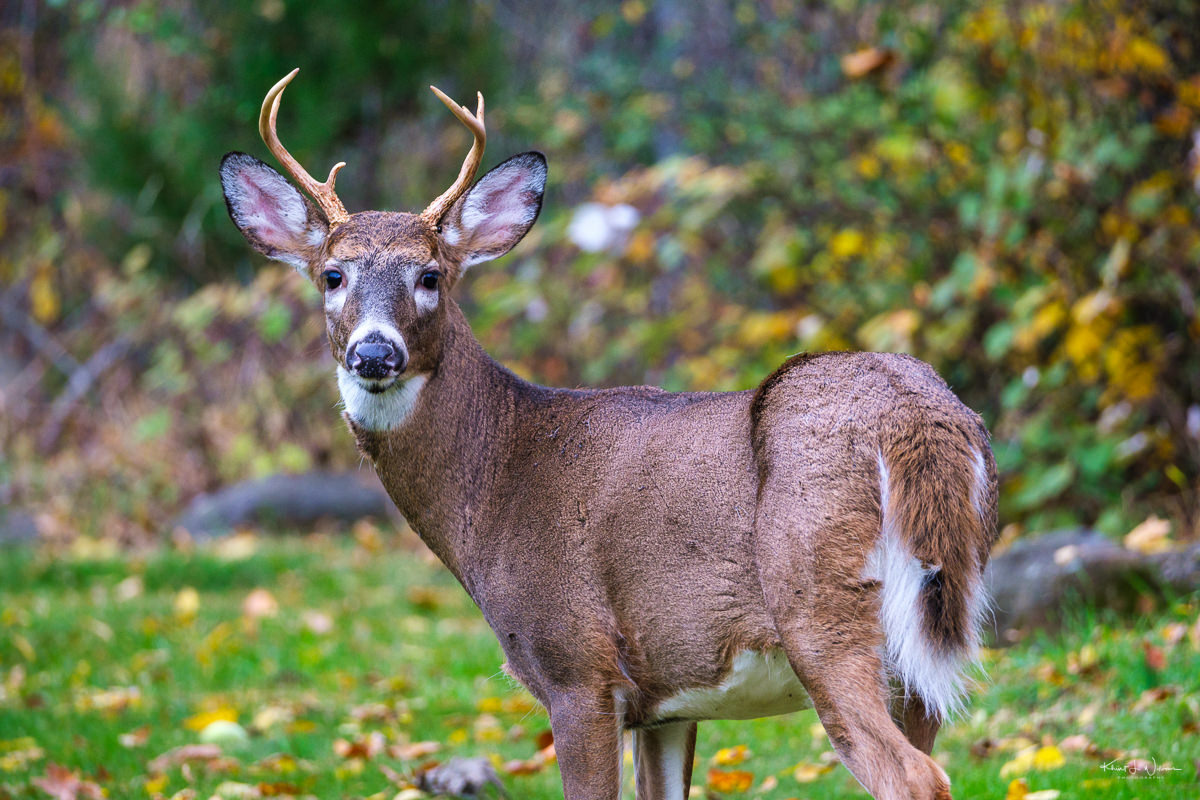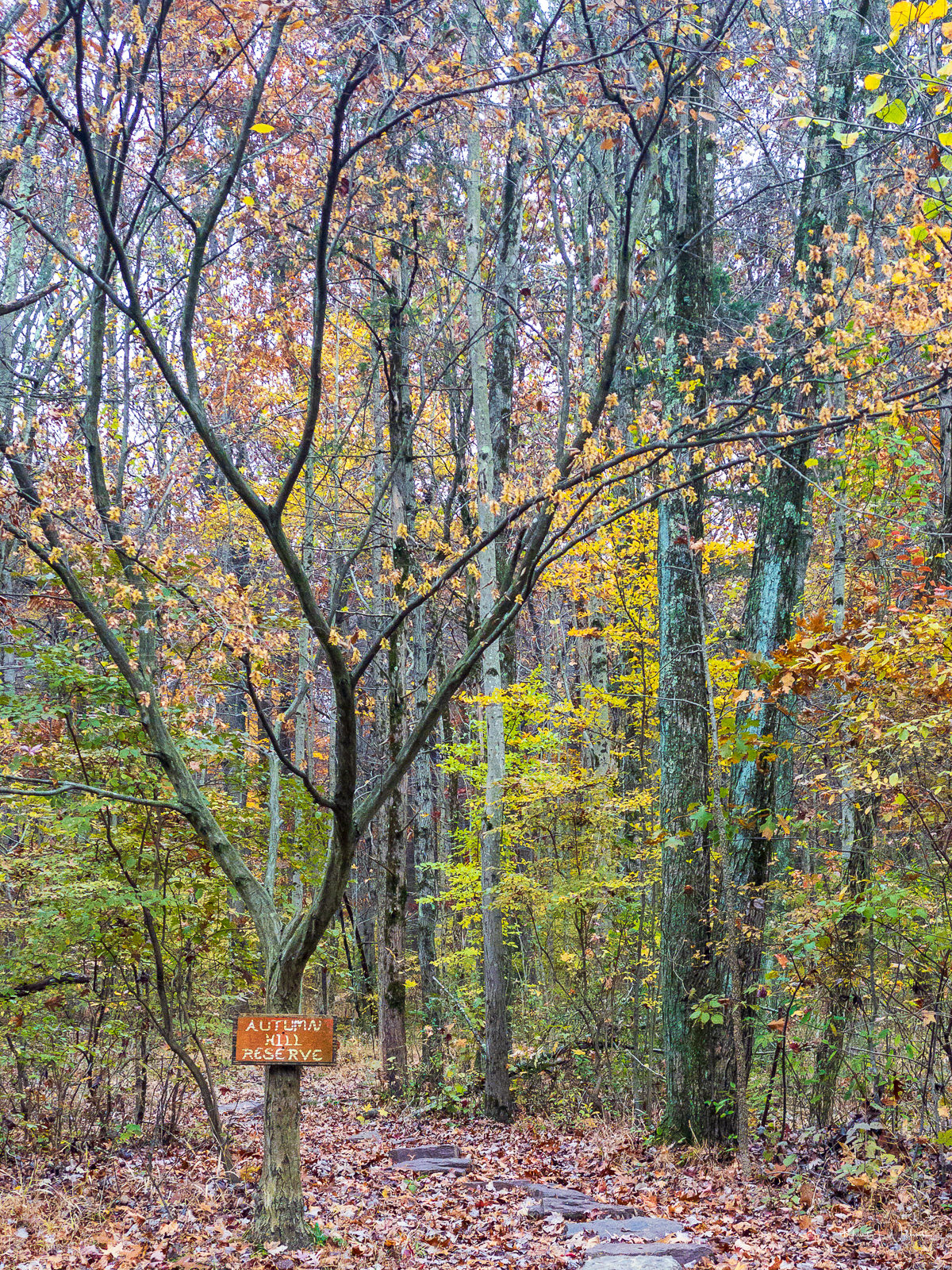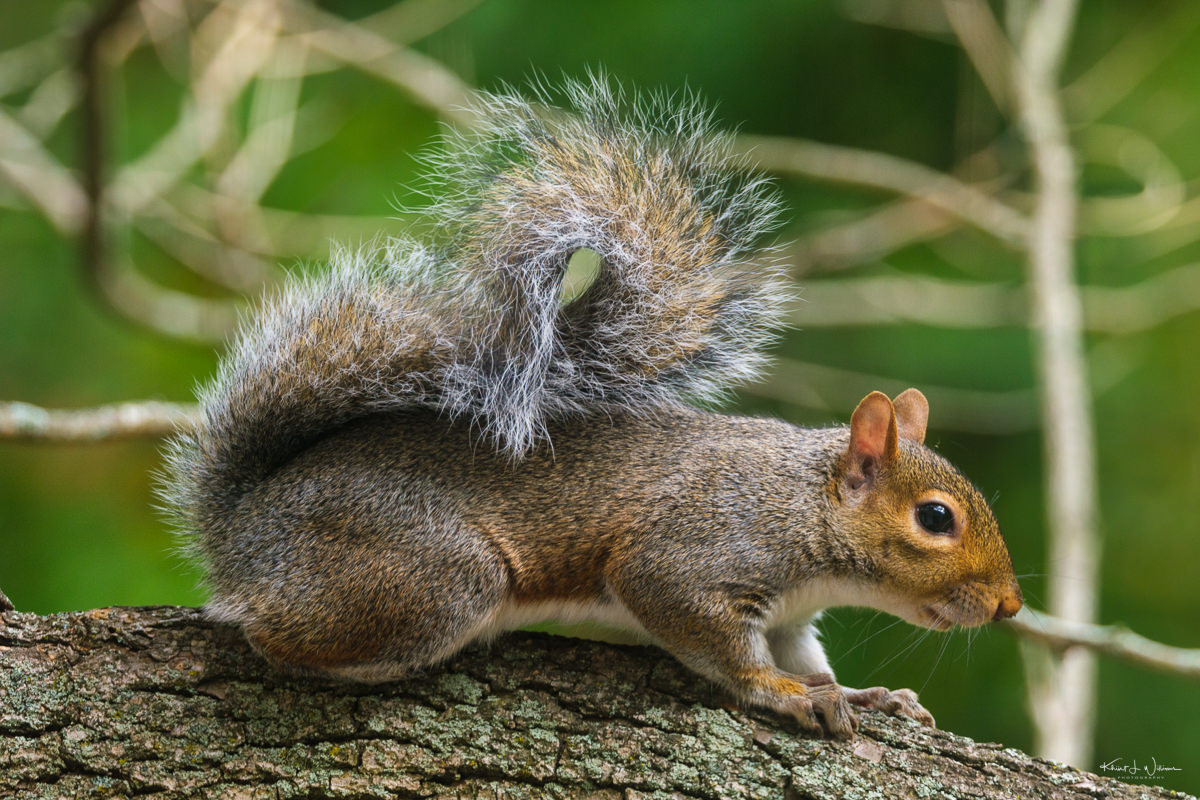White-tailed deer are a common sight in the backyards and roadways of Montgomery Township. It's common to see deer grazing peacefully on lawns, nibbling on shrubs and plants, or cautiously exploring their surroundings. Montgomery Township also has woodlands, open spaces, and proximity to water sources, which provide a habitat for these deer.
White-tailed deer have adapted remarkably well to the suburban landscapes of this region. However, as deer populations grow, the deer frequently overbrowse, destroying gardens and native vegetation. Efforts to balance preserving the deer's habitat and protecting homeowners' landscapes and the native flora have led to strategies for deer management, which include year deer hunting from September to February.
I saw this young buck through the kitchen window. This individual was grazing on the grass, moving north. I grabbed my super telephoto and stepped onto the backyard deck for a photo. He heard me, stopped to check me out, decided I was not a threat, and then moved on.

In Montgomery Township, most residents don't appreciate the presence of white-tailed deer. They tend to cross roadways at random, leading to many car accidents. Even a tiny deer can lead to hundreds of dollars of damage to a car, sometimes destroying the car beyond repair. I've had many deer accidents in my 20 years of driving in New Jersey.
Black-legged ticks (aka deer ticks) are often found on deer due to the animals' frequent trips into wooded areas and tall grasses where ticks reside. Lyme disease is a significant health concern because deer ticks carry the bacterium that causes Lyme disease. When I am out and about in the woods hiking or for photography, especially in areas where ticks are prevalent, I wear appropriate clothing sprayed with repellents to reduce the risk of tick bites. I also do tick checks and showers after spending time outdoors.



